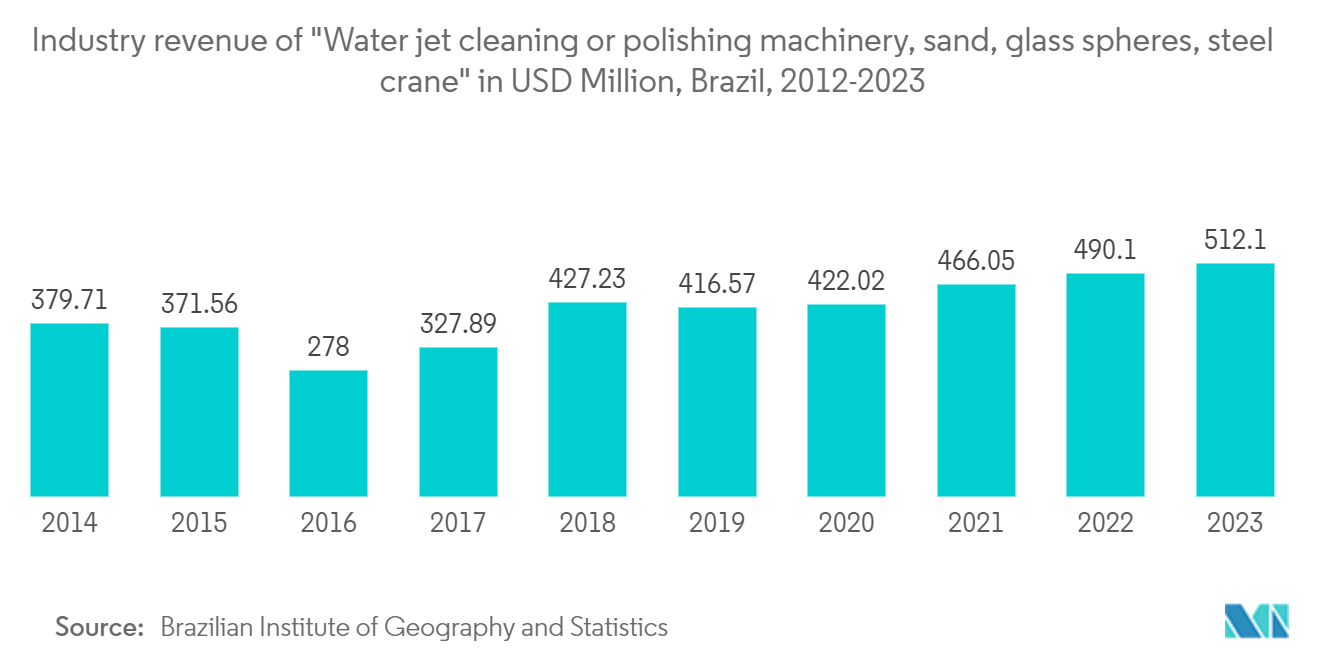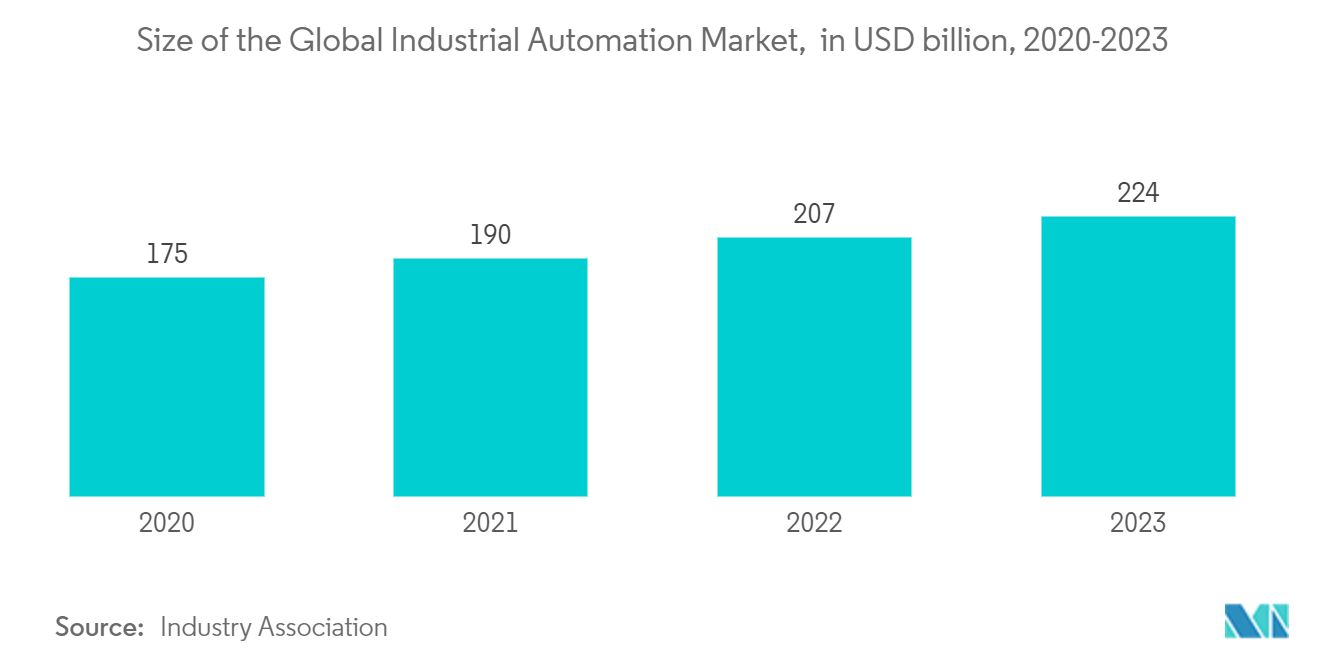Market Trends of Waterjet Cutting Machine Industry
Growth Potential of Abrasive Waterjet Cutting Machines
Growth of Abrasive Waterjet Cutting Machines: Abrasive waterjet cutting machines are gaining traction due to their ability to handle challenging materials like metals, ceramics, and composites with high precision. The integration of advanced CNC systems has further enhanced these machines, enabling the production of intricate designs and supporting high-volume manufacturing. Their ability to cut without thermal damage is particularly advantageous in industries where maintaining material integrity is critical.
Economic and Environmental Advantages: While the initial cost of waterjet cutting machines can be high, the long-term benefits, such as reduced material waste and increased production efficiency, make them a cost-effective solution. These advantages are especially appealing in developing markets experiencing industrial growth. Additionally, advancements in waterjet technology, such as reducing stream lag and tapering in 3D cutting, have made these machines more environmentally friendly, as they do not produce toxic byproducts and do not require coolants.

Implementation of Waterjet Cutting Automation Process Across Major Industries
- Automation Revolutionizing the Industry: The adoption of automation in waterjet cutting processes is transforming the industry by enhancing productivity, precision, and cost-efficiency. Automated systems allow for continuous operation with minimal human intervention, reducing errors and enabling around-the-clock production cycles. This is particularly beneficial in sectors like aerospace and automotive, where high precision and efficiency are paramount.
- Innovations Supporting Automation: The growing demand for automated waterjet cutting solutions is driven by the need for high-precision, customizable manufacturing processes. Innovations such as micro, 3D, and robotic waterjet cutting machines enable end-users to increase productivity and achieve precise cutting operations. These advancements are critical in sectors like medical devices and electronics, where high accuracy is required. As technology continues to evolve, the adoption of automated waterjet cutting systems is expected to grow, further driving market expansion.


